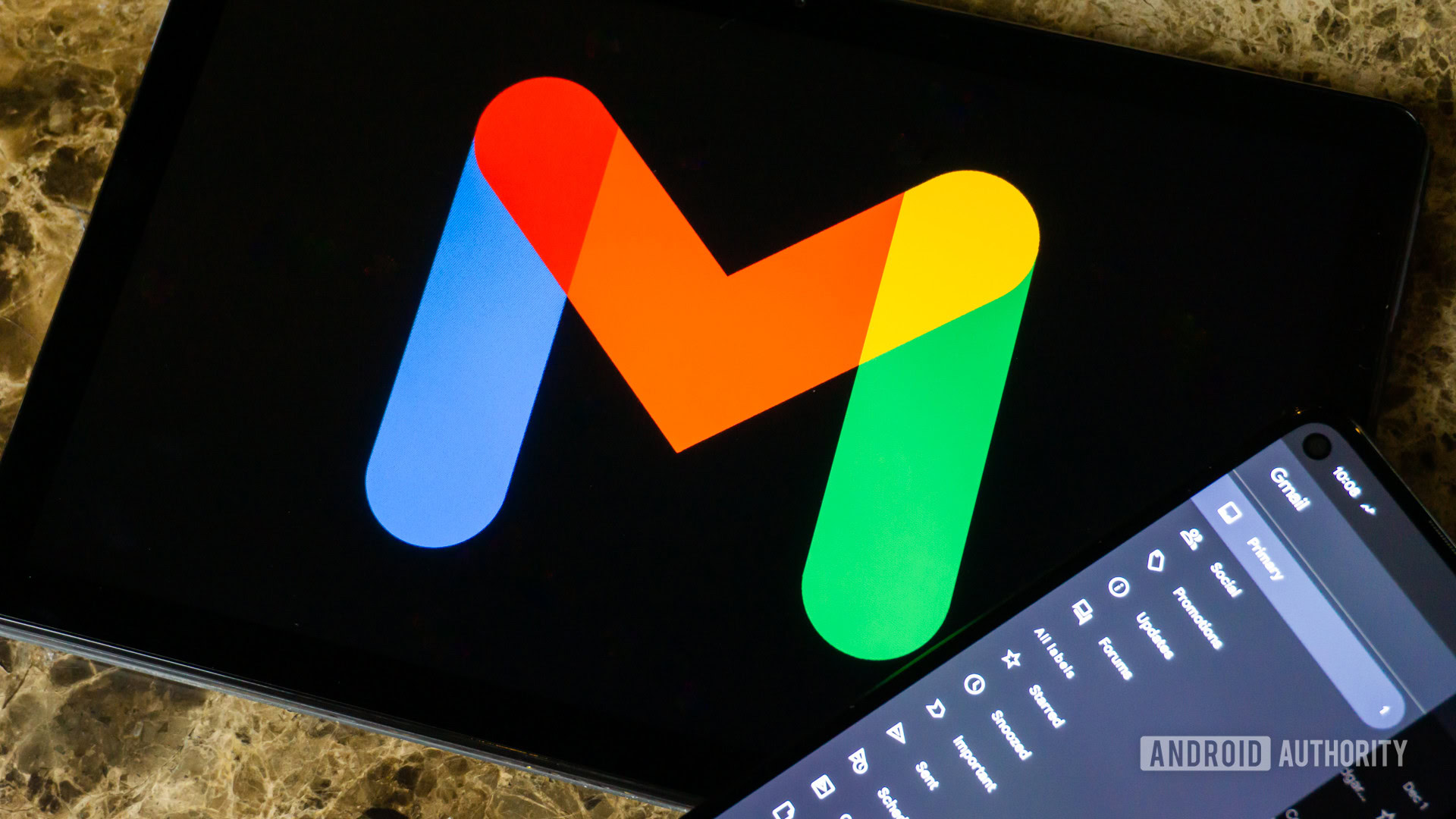Contraband Detector Market 2025-2034: Growth Trends, Key Drivers, and Future Insights
Contraband Detector Market

The global contraband detector market size, valued at USD 5.65 billion in 2024, is experiencing rapid growth as governments and security agencies strengthen measures to combat illegal smuggling, drug trafficking, and security threats. The market is projected to expand at a CAGR of 7.20% from 2025 to 2034, reaching USD 11.32 billion by 2034.
Advanced detection technologies such as X-ray scanners, millimetre-wave imaging, and chemical analysis are enhancing border security, airport screening, cargo inspection, and law enforcement operations. The demand for high-precision, automated, and AI-powered detection solutions is driving innovation in the sector.
This article explores key market drivers, challenges, emerging trends, segmentation, and future growth opportunities, providing a comprehensive outlook on the contraband detector industry.
Market Overview
Contraband detectors play a critical role in detecting and preventing the movement of illegal substances, explosives, firearms, narcotics, and counterfeit goods. Security agencies, customs and border patrols, correctional facilities, and transportation hubs use these technologies to ensure public safety and regulatory compliance.
Governments are heavily investing in next-generation detection systems that use AI-based threat detection, real-time monitoring, and data analytics to improve screening efficiency. The market is witnessing increased automation, integration with IoT, and adoption of machine learning algorithms to enhance detection accuracy and reduce false alarms.
Key Market Drivers
1. Rising Global Security Threats and Smuggling Activities
Governments and law enforcement agencies are deploying advanced contraband detection systems to combat increasing threats from drug cartels, terrorist organizations, and criminal networks. Smugglers are adopting sophisticated concealment methods, driving the demand for highly sensitive and intelligent screening solutions.
2. Expanding Air Travel and Stringent Border Control Measures
With increasing international travel and trade, airports, seaports, and border crossings require efficient security screening systems to prevent illegal transportation of contraband. Stricter customs regulations and anti-smuggling laws are fueling demand for automated and AI-powered detection technologies.
3. Technological Advancements in Detection Systems
Manufacturers are integrating AI, big data analytics, and neural networks into contraband detection solutions. These technologies enhance automated identification of hidden threats while reducing screening times and human error. Next-generation millimetre-wave scanners, backscatter X-rays, and Raman spectroscopy are improving detection capabilities.
4. Increased Adoption in Correctional Facilities and Law Enforcement
Prisons and detention centres are deploying non-invasive body scanners, handheld metal detectors, and electromagnetic sensors to prevent illegal drugs, mobile phones, and weapons from entering correctional facilities. Law enforcement agencies are investing in portable contraband detection devices for rapid field inspections.
5. Growth in E-Commerce and Cargo Security Needs
The surge in global e-commerce and cross-border shipments has increased the risk of smuggling through postal and cargo services. Authorities are upgrading parcel and container scanning technologies to improve cargo inspection efficiency and prevent drug trafficking and counterfeit product distribution.
6. Government Initiatives and Funding for Security Infrastructure
Governments worldwide are implementing public-private partnerships and funding programs to modernize security screening infrastructure. Investments in airport security, border control, and smart city surveillance are expanding opportunities for contraband detection system providers.
Key Market Challenges
1. High Costs of Advanced Detection Technologies
Developing and deploying state-of-the-art contraband detection systems involves significant capital investment. The high cost of X-ray machines, AI-powered scanners, and remote sensing technologies may limit adoption, particularly in developing economies.
2. Privacy and Ethical Concerns in Body Scanning
The use of full-body scanners and personal security screening devices raises privacy concerns among individuals. Security agencies must balance national safety with ethical and privacy considerations, ensuring compliance with human rights policies.
3. False Positives and Limitations in Detection Accuracy
Some contraband detection systems generate false alarms, requiring manual intervention. Improving AI-driven image recognition, threat classification, and false alarm reduction remains a challenge for manufacturers and security agencies.
4. Evolution of Smuggling Techniques
Criminals are continuously adapting their methods to bypass detection systems. This demands constant innovation and R&D in the development of new detection technologies that can counter evolving smuggling tactics.
5. Integration with Existing Security Infrastructure
Many governments and businesses face technical challenges in integrating new contraband detection systems with legacy security frameworks. Upgrading security infrastructure requires customized software, skilled workforce training, and infrastructure investment.
Emerging Trends in the Contraband Detector Market
1. AI-Powered Real-Time Detection
AI and deep learning algorithms are improving detection accuracy by automating threat analysis, reducing false positives, and increasing operational efficiency. AI-powered scanners can differentiate between contraband and legal goods with greater precision.
2. Portable and Handheld Contraband Detection Devices
Law enforcement agencies and customs officials are adopting lightweight, mobile detection devices for on-the-spot inspections. Portable X-ray scanners, ion mobility spectrometers, and drug-sniffing sensors enhance security operations.
3. Non-Invasive Millimetre-Wave Imaging
Security agencies are deploying non-contact, millimetre-wave body scanners that quickly detect concealed objects without invasive searches. These systems enhance passenger experience in airports and high-security locations.
4. IoT-Enabled Remote Monitoring and Cloud Integration
The integration of IoT-based contraband detectors with cloud-based security networks allows real-time data sharing, remote monitoring, and centralized threat management.
5. Blockchain for Secure Data Management
Blockchain technology is being used to store and protect contraband detection records, ensuring tamper-proof evidence storage for legal and law enforcement applications.
6. Expansion in Developing Economies
Countries in Asia-Pacific, Latin America, and Africa are increasing investments in border security, anti-smuggling programs, and airport screening technologies, driving new opportunities for detection system providers.
Market Segmentation
1. By Technology
- X-Ray and Backscatter Imaging: Used for luggage, cargo, and vehicle scanning.
- Millimetre-Wave and Terahertz Imaging: Provides non-invasive, full-body screening.
- Electromagnetic and Metal Detection: Detects firearms, knives, and metallic contraband.
- Spectroscopy and Chemical Analysis: Identifies drugs, explosives, and hazardous substances.
2. By Application
- Airports and Border Security – Ensures safe travel and customs control.
- Correctional Facilities – Prevents illegal goods smuggling among inmates.
- Law Enforcement and Customs Agencies – Strengthens crime prevention.
- Cargo and Logistics – Secures supply chains and shipping operations.
3. By Region
- North America: Largest market due to advanced security infrastructure.
- Europe: High demand for anti-smuggling and airport security solutions.
- Asia-Pacific: Rapid expansion in border control and cargo inspection.
- Middle East & Africa: Increasing investments in critical infrastructure security.
- Latin America: Strong demand for drug enforcement and correctional facility security.
Future Outlook (2025-2034)
The contraband detector market will continue expanding as security threats evolve and smuggling tactics become more advanced. Innovations in AI, real-time monitoring, and portable scanning devices will drive market growth.
Key Growth Opportunities:
- Increased adoption of AI-powered detection and predictive analytics.
- Expansion of automated screening in smart airports and seaports.
- Development of sustainable, radiation-free scanning solutions.
- Rising demand for IoT-connected contraband detection systems.
- Growing security investments in emerging economies.
As governments, security agencies, and private companies prioritize border security and law enforcement, the demand for next-generation contraband detectors will remain strong.
What's Your Reaction?
 Like
0
Like
0
 Dislike
0
Dislike
0
 Love
0
Love
0
 Funny
0
Funny
0
 Angry
0
Angry
0
 Sad
0
Sad
0
 Wow
0
Wow
0


















































